In 2004 the A400 got good reviews for a budget digital P&S. But with the eye of hindsight how does it stack up in the 2020’s as a vintage digital that can be got for a few quid ? As ever there isn’t an easy answer.
By 2004 Canon had become the biggest camera manufacturer in the world. It represented ⅕ of every digital sold that year. But today subject is not a dSLR or Pro orientated PowerShot G series camera. Nope it’s bottom of the rung consumer P&S.
A series models have always been more budget orientated. They were killed off over the noughties by the rise of the smartphone with Canon only selling more high end compacts now. But back in the noughties P&S compacts were a massive part of the digital camera market.
First Looks at the Canon Powershot A400
This looks like a typical early noughties digital, roughly in the shape of a laptop PSU with the lens off centre. Given the cost constraints, Canon did an good job regards the looks. Its body is mainly silver plastic but Canon did add a brushed aluminum front plate. I believe it was available in 4 different shades. The camera has nice detailing and other than being a somewhat wide little affair by modern standards. It doesn’t look too out of place. The lens is protected by 2 bladed cover.
It has both as small 1 ½ ” 115K TFT LCD and an optical finder. Which is handy as the LCD can be an issue on a sunny day. The finder although zooms and has across hair is otherwise passive and has no LEDs but what did you expect in a camera with a price of around £109GBP when launched.
Despite having an underwater scene mode this is not a waterproof camera. Canon made a waterproof housing for it. Other accessories included the DC power supply (for a budget compact !!?!).
The camera came with a set of AA batteries, 16Mb SD card, AV and USB leads as well as software disks. That most of software is still available to download from Canon along with the manual. The only thing you’d likely need is the stitch assist software for pano shots (see later).
Controls
On the top plate you have the shutter button and small on/off button. On the rear you have a zoom toggle which is incredibly slow. Beside this is a physical switch which let you move from playback, auto mode camera, scene mode and video. Below those is the usual 4 way joypad with central ok button.
There is also a dedicated menu, screen on/off button, direct print button and a function button. The latter allowed you to adjust most of the settings like scenic modes, image quality and in some modes EV comp etc. As we’ll see the way that works doesn’t quite make sense. If you wonder about the direct print thing. It was an obsession with companies back in the noughties to tie your camera up with easy printing. Kodak before it’s fall for example would sell camera with sprinter doc and printing. But you can ignore that and just remove the SD card,
Below this are the output ports/DC in. You’ll not need to bother with this as you can remove the SD card from the battery compartment
Sensor
The camera announces proudly it’s 3.2 Megapixel sensor. This is a CCD 1/ 3.2″ sensor. The sensors top resolution is 2048×1536 pixels (4:3). This is nearer 3.1 than 3.2 MP but only just.
This backed by the first integration of Canon’s DIGIC image processing unit. This was introduced in 2002 on the prosumer Powershot G3. It has 3 separate chips dedicated camera control, still image processing and video respectively. It was replaced by DIGIC II that year but would in theory give the A400 an edge over rivals
Lens & AF
You might think the 2.2x zoom sounds pretty cheap. But 2004 to include an zoom in a budget camera was a cut above. However the 5.9-13.2mm 1:3.8 (equivalent to 45-100mm) is not that wide.
Good to see a fixed aperture size across the zoom. Like most cheap cameras, the aperture is fixed (at f/3.8). That’s no surprise as these usually rely on shutter & ISO speed changes. But I assumed it would be a single fixed mechanical diameter so when you zoomed it would effectively narrow. But nope in low light shots the aperture both the aperture and shutter speed stayed the same irrespective of zoom.
That aperture might sound pretty wide but it actually works out as having the same depth of field at the wide end as using a full frame lens at f/28 !!! This is why small sensor digital tend to have massive DoF aiding focus
The focusing system underpinning is a TTL 9 point AiAF (artificial Intelligence AF) system. Not too shabby and you can switch over to single point.
Exposure
We have TTL evaluative metering. Canon don’t mention the number of metering areas/segments which makes me assume quite small.
The camera as discussed has a fixed aperture leaving the shutter speed and ISO to do the hard work. Shutter offers speeds from 1sec to 1/1500 whilst ISO can go in steps from 50 to 400.
EV range in theory is then ~2-16.
Power, Flash & Storage
The camera needs 2 AA batteries to run. It also requires a CR1220 battery to remember settings like time. It runs fine of rechargeables and both alkaline AA and CR1220 are easily bought at Pound/dollar stores.
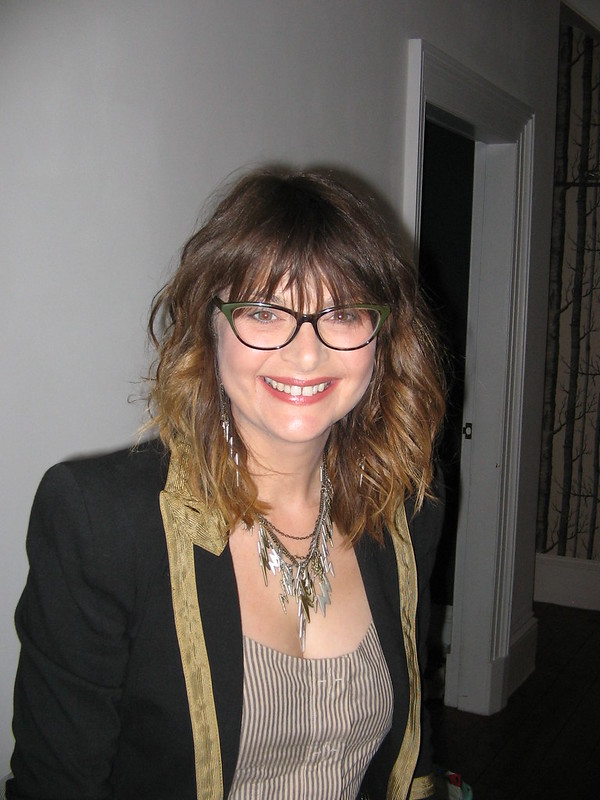
Flash is TTL metered and provides a small range from 47cm to 2m at all focal lengths. Fine for party head and torso shots but not much else. It can go down to 30cm in macro mode.
Storage is by SD card and the camera works fine with 2Gb SD cards.
Modes
With the camera in standard mode you can switch between 3 modes using the function key. The first is Auto program, the default mode. This offers very limited setting adjustment so you can’t even add EV compensation. The next mode mislabeled manual doesn’t offer full manual control but does allow you to use any menu setting like EV comp, adjust ISO etc. It also allows you to lock the focus to distance for landscape mode which you can’t do oddly in auto
The panorama feature looks like the ones you get on newer cameras. It gets you to caoture single shots which it shows the last image to help overlap. However the camera doesn’t stitch the images together. It relies on PC software to do that (thankfully you can still download. Worth noting the first shot in sequence locks exposure. Sensible for most outdoor stitch panoramas but will create issues.
Move to scene mode and you can use the function key to swap between several presets. You have the usual suspects of portrait, snow, beach, night scene, fireworks but also foliage, indoors and underwater (for use with housing). Each adjust settings. Night scene for example uses a long exposure but flash as well so you getsubject and background.
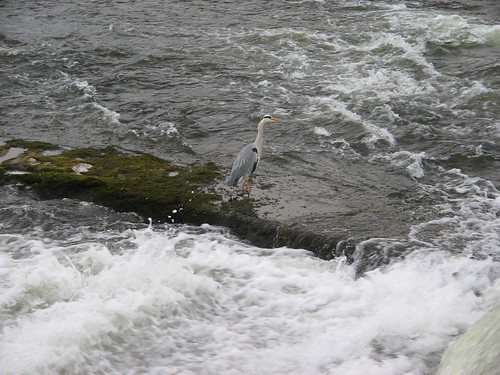
Options
These vary from mode to mode and as discussed auto mode does not have access to all of them. In most modes you can select what focus mode you use (single or multipoint) & have the option for close-up or landscape settings (but not auto). You may also get to set EV compensation (±2 EV in ⅓ steps), White balance (auto plus 5 presets and a custom mode) and colour (vivid, neutral, default as well as sepia & B&W). Manual mode is the onely one that lets you select ISO.
Flash offers usual default auto, red eye, auto, force on, force off .
In use
It takes a few seconds to turn on and there is lag. This is especially noticeable if you have flash on auto as the camera is charging it up meaning you’re worth waiting a few more seconds before even trying to take a shot. It takes about a second to lock even when charged up and then there is a delay from shutter depress (with chirp) to actual shutter firing.
The viewfinder doesn’t always show the information after you have tried focusing or taken the first short. You can bring it back up by hitting the landscape/macro button but it’s irritating.
The LCD is okay but feels a bit washed out and not that vivid. It becomes hard to see in very bright light but you do have the boon of the Optical finder.
Results
Shared features
The Good news is this does alright for an early noughties cheap compact for exposure. It copes well enough with most scenes. Whilst it does tend to fire the flash as the light drops, it is does so sensibly (except when you try to take long shots Doh!). Sticking with flash the TTL metering works well and has a reasonable range for compact
From a colour balance point of view this is not bad outside. It has a more naturalistic palette (think Fujifilm compared to kodak). It does okay on interior shots too with only slight warm cast.
Dynamic range was not great but what you’d expect for a camera of this vintage

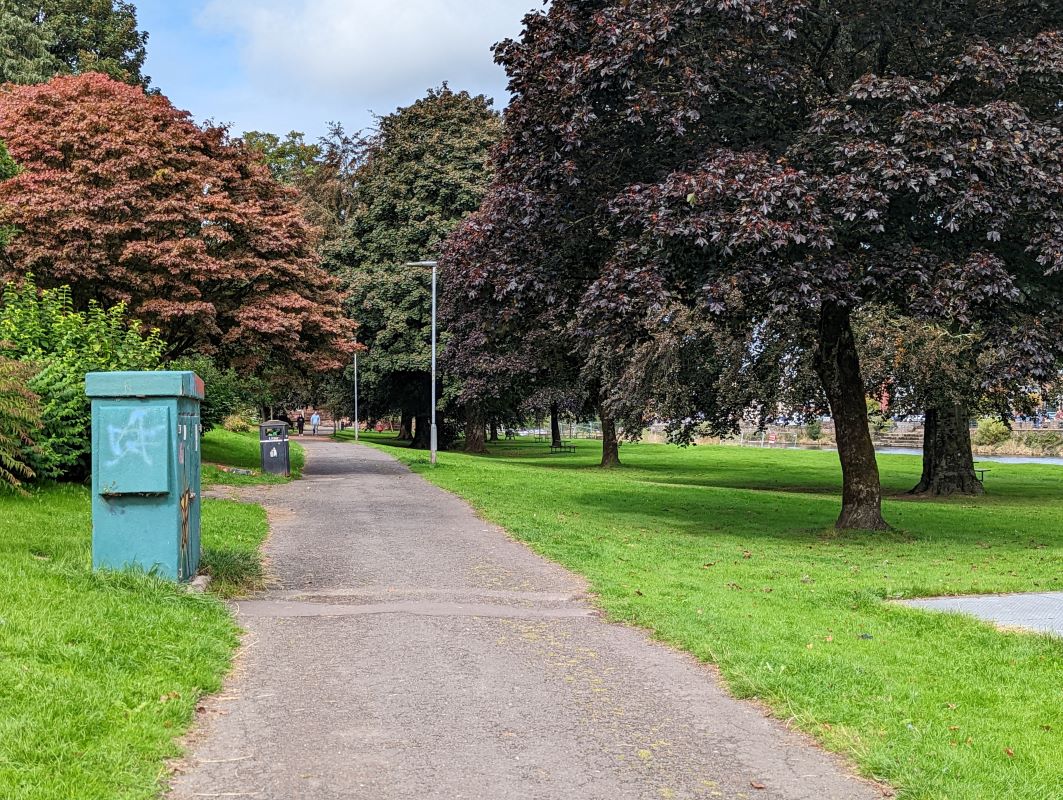

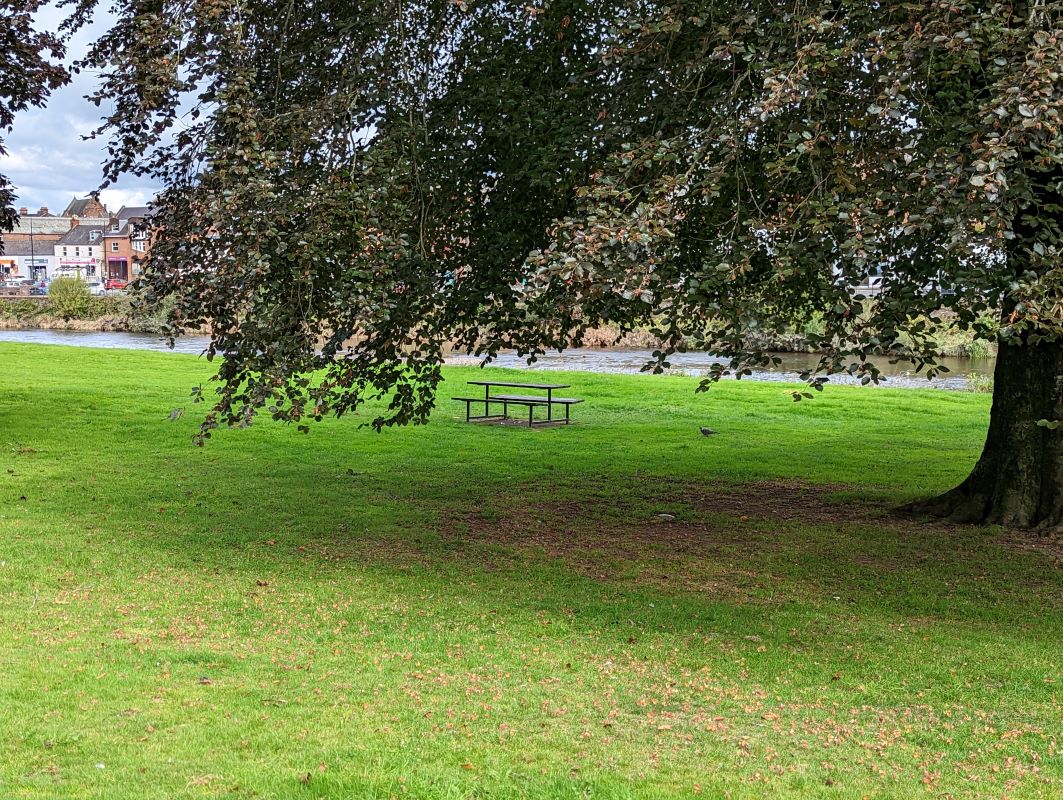
The lens from a radial distortion point of view is pretty good. There is some barrel distortion on the wide end but not awfully. There is just a very fine smidge of cushion distortion on the tele end. This is above average for the this class of camera. There is little in the way of chromatic aberrations with most issues down to the sensor as we’ll see. Focus when on point is good across the frame with minimal fall off to the corners.
Still Images
There is some over processing on all quality settings
The images show noise in even good light and on ultrafine setting. Dropping to default fine gets more noticeably noisey. I compared it to the images I shot on the 2000 Canon PowerShot G1. Boy are they much more noticable. Now you might rightly point out that the G1 is a Prosumer high end with a much bigger sensor. And yes it was but 4 years before the A400 and it is pre DIGIC. But even compared to the 2005 Nikon Coolpix 5600 a budget oriented P&S it is way more evident.
One plus is although noise increases as the ISO goes up, that in fairness isn’t awful. There is a little more noise each at 200 & 400 ISO settings. But what they add isn’t awful and isn’t enough to say you couldn’t use for a web image as the shot below shows.
But crop in it is more obvious
That image is helpful when discussing the image quality. This camera falls in the classic trope of being better wide and closer. Closeup with good light & macro mode shooting is quite rewarding, But even wide long shots are just that bit soft. The tele end is little weaker still.
Lo light shooting just isn’t worth it. Although on paper it can get to EV100 of 2 that’s with very slow shutter speeds and no image stabilisation and all the noise of 400 ISO.
Video
hmmm… where to start. On the plus the sound capture for it’s time isn’t bad. It’s built in mono mic captures your voice okay. But boy does it get background noise, most scenes I shot sounded like I lived. But you don’t get any hum or whirring.
That’s in part because the camera is incapable of zooming, focusing or even adjusting exposure. Yup you’re fixed everything once you press shutter. Not that you’d wanna pan much with a 10fps on the 640×480 resolution (lower resolutions get the wonders of 15fps) . If you can work round the those limitations you get an image quality akin to a VHS video camera. For 30 seconds then it cuts !! (lower resolutions get 3mins)
So frankly unuseable on so many levels. Shame as the video clips does have a retro vibe and had they managed more than 30sec, I could see folks using this to create a retro styled shorts.
Conclusions on the Canon powershot A400
On one level there is a lot to like about this budget shooter. Although blocky by modern and even late 2000’s standards, it is nicely finished. The optical finder although simple is always a plus and the camera uses standard SD cards and AA batteries no issues with weird storage or dying batteries. Flash is pretty good for night out shooting.
But the images are made poor by the noise and the lens although okay wide (and I use that word lightly) drops off at tele end. It’s fine for web shots and small prints. It does especially well in the near to median range in good light. But you can buy so much better for the same money in terms of vintage digitals. And those cameras offer video that doesn’t cut out after 30 seconds or a stab at low light shooting.
Other Reviews, Info etc.
Canon maintain files for this camera including a manual and the photostitch software for panorama. Trusted reviews was surprisingly positive (4/5 stars) when they reviewed it in 2014. Reviewed has a more nuanced review of this camera IMHO.

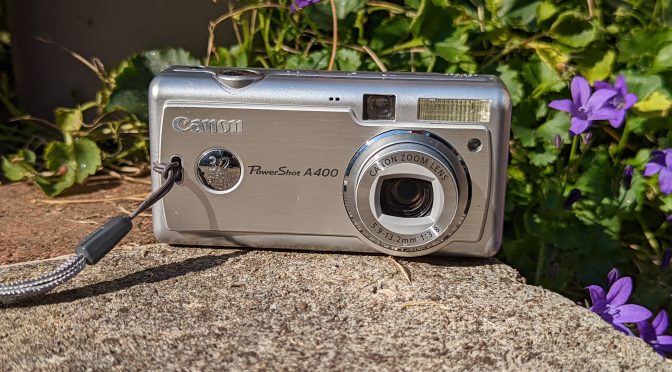


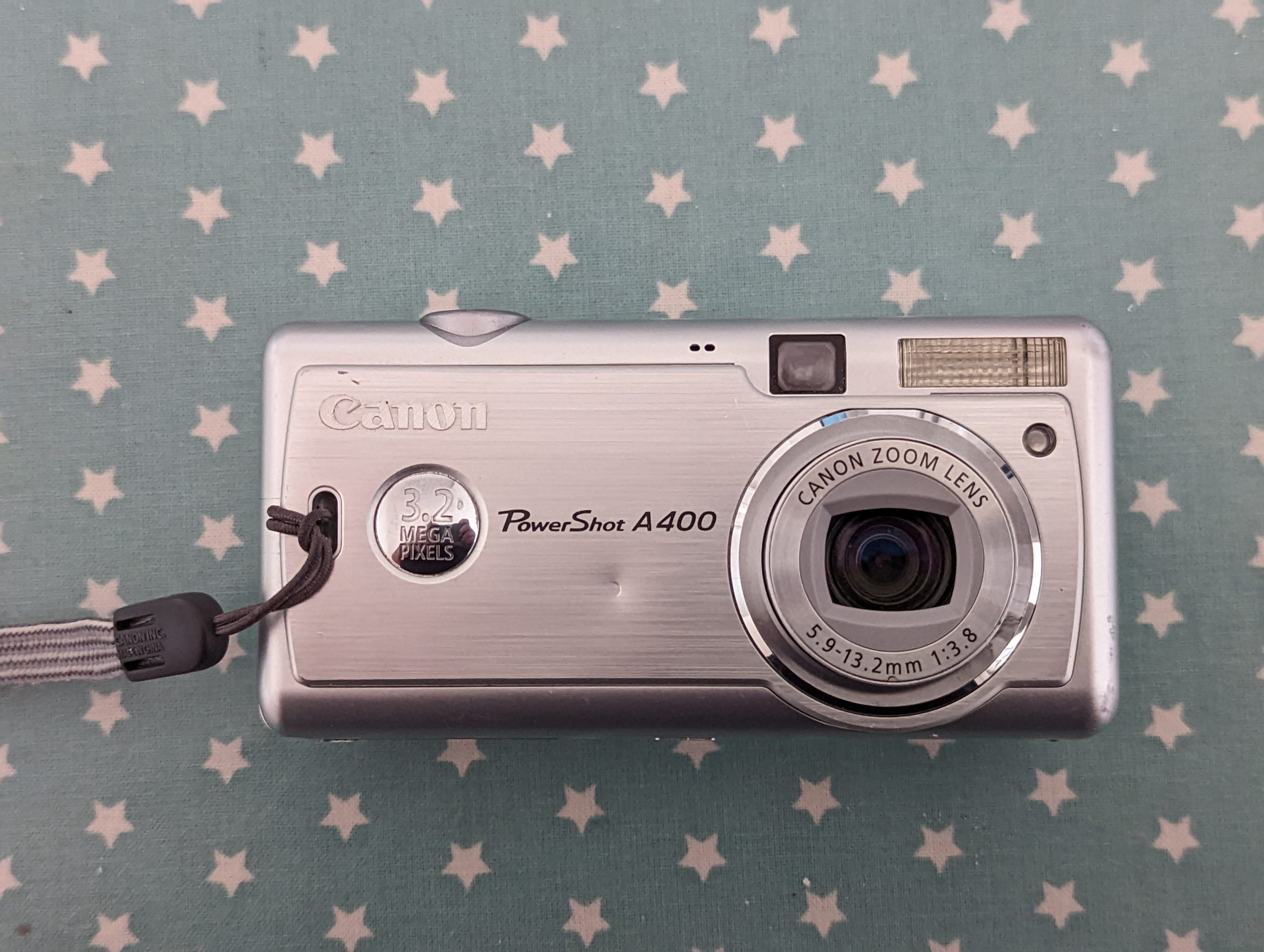


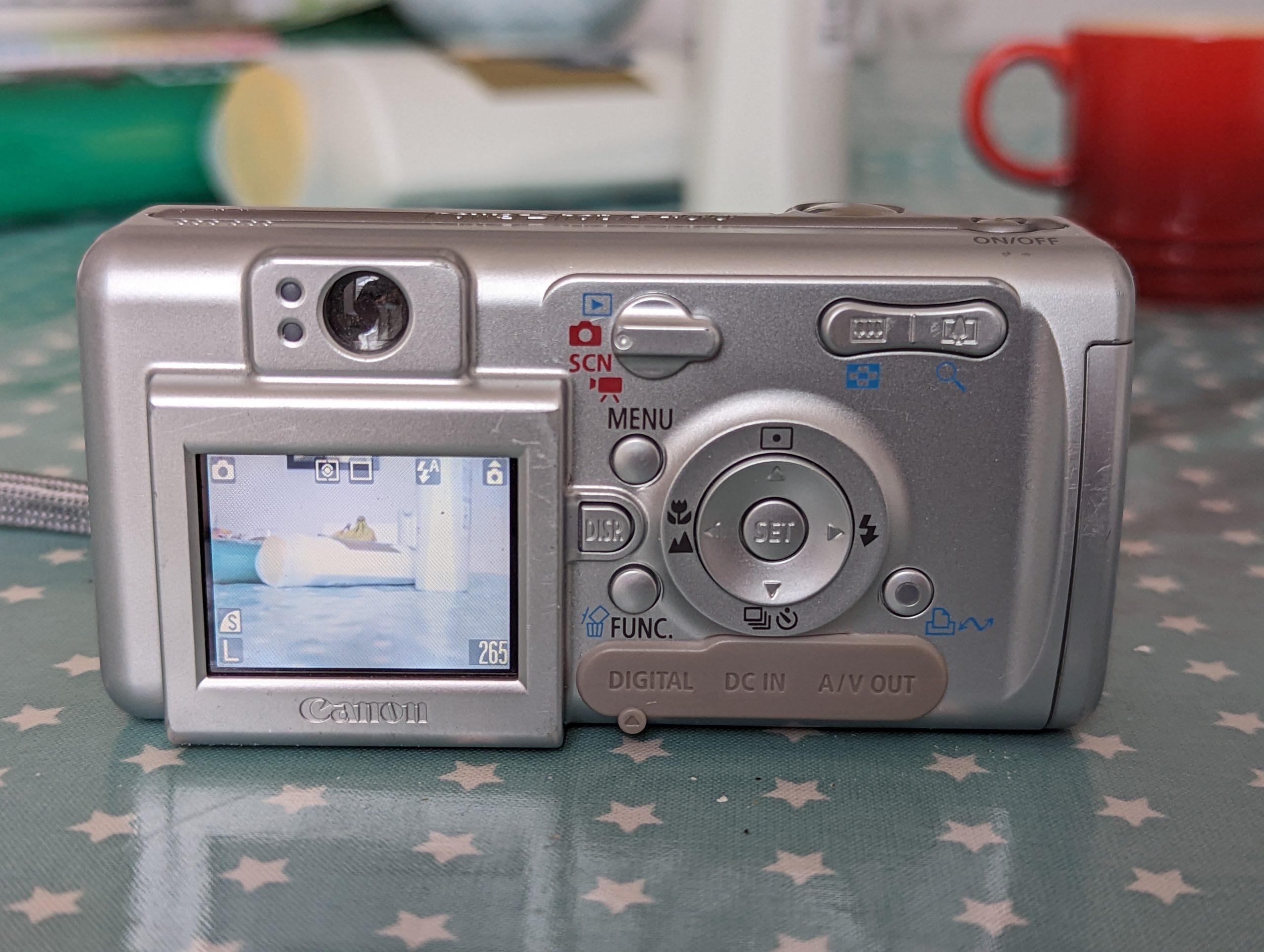


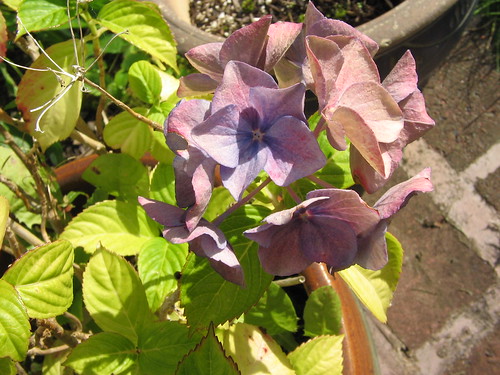
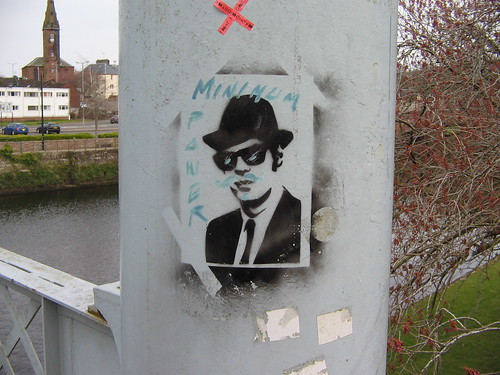




The range extended with an A430 and A460, I have these two, there might be others. Great cameras, and using AA batteries means no need for chargers. Even modern gigabytes SD cards seem to work OK.